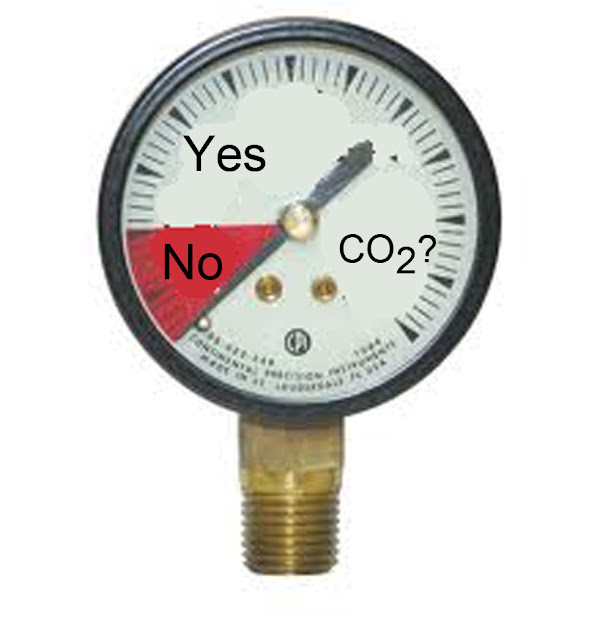I will admit that I took thermodynamics twice, but this is all wrong. As you fill a tank with CO2, the pressure inside increases because you are adding molecules into a fixed space. The more you add, the more compact you force them to be (ie, a larger pressure). As you use the CO2, that pressure decreases accordingly and that is how the empty/full gauge works.
If you change the temperature of your gas, it will drastically change the pressure. Even if you keep your CO2 tank at a constant cold temperature, that is not the pressure level that your gauge is set to show when it is getting low. In my mind, it would prematurely show an empty tank as cold gas takes up less volume than warmer gas. Regardless, I would not trust the high pressure gauge to determine how much is left in a tank when the tank is at a colder climate than intended. For this reason, homebrew stores are not allowed to fill your tank unless it is at room temperature so they do not risk over pressurizing it.



